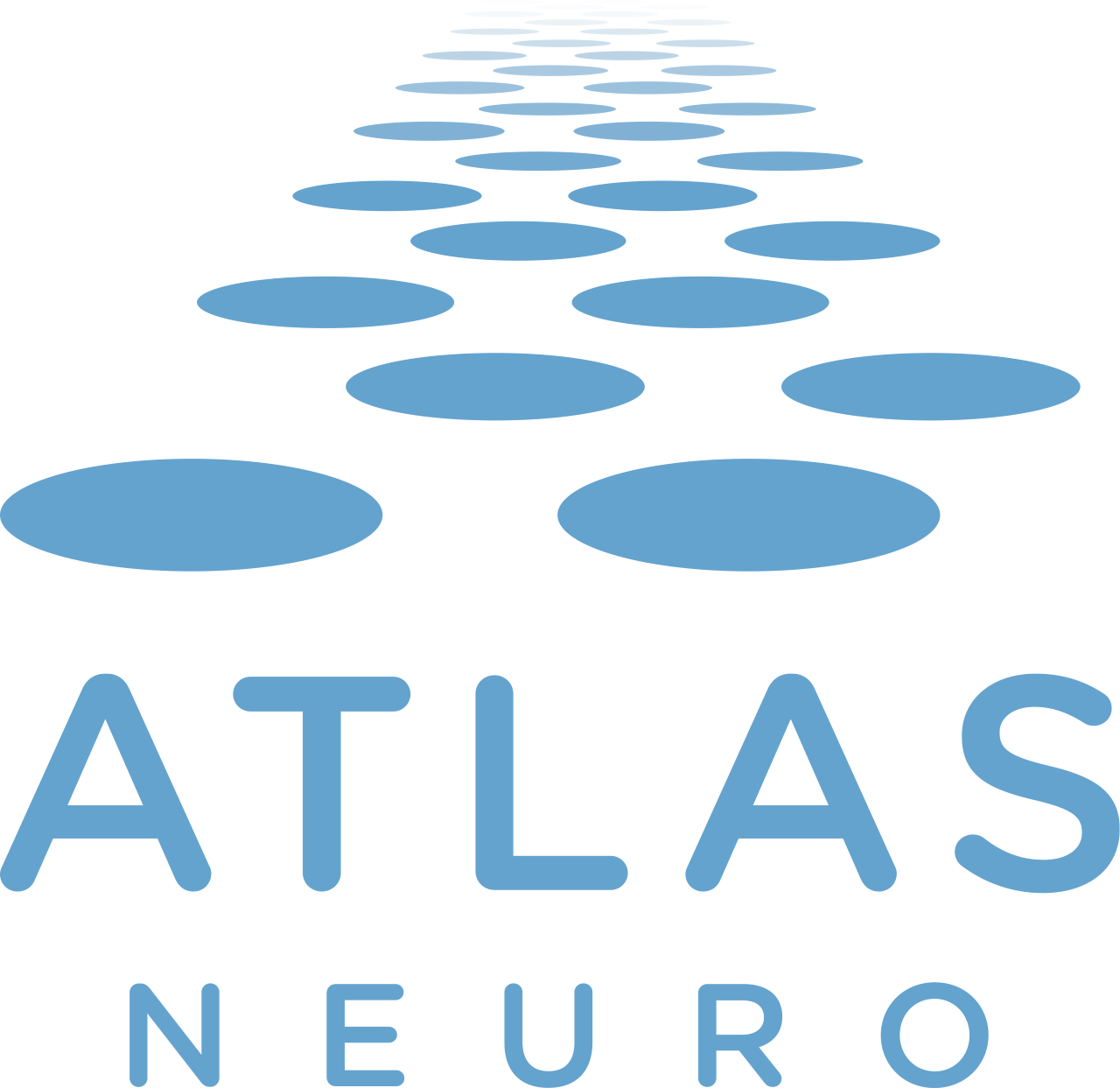Presentation (1) details
Cortical interactions for processing motion information (in marmosets)
Event: Travelling Wave Workshop - Université Paris Cité (Paris, France)
Author: Salvatore Giancani
Summary: The different visual areas process visual information of different nature and complexity, depending by the stage of processing. Early visual areas encode for retinotopic position, orientation preference and ocular dominance, while higher-level areas encode for color, shape, direction of movement and information related to binocular disparity. All these features are mapped orderly on the cortex. In early visual areas such as V1 and V2, the response to stationary stimuli is well documented: a stimulus in one position, with one orientation, one color, and one direction will activate a specific region located in the intersection of constraints of the visual cortical maps. However, if non stationary stimuli are used (moving stimulus, rotating stimulus, etc.), the cortical response becomes complex and will generate a trajectory of activation in the visual maps. For instance,: appearing dots in sequence, at certain temporal delay and spatial gap, can give the perception of a single moving dot in space. This is commonly called long range apparent motion (lrAM) stimulus, and we have a poor knowledge of how such motion information is encoded by visual areas. Motion information is supposedly specifically integrated at higher-level area MT but lrAM has barely been tested . Hedges et al (2011) have designed a global motion stimuli, as lrAM, composed of locally drifting stimuli. They showed that V5/MT encodes information only related to the locally drifting component of the motion, not the global component. However, the global motion is dominant in perception. This result is contradictory with the notion that MT would process all categories of motion.
Although explored the role of early visual areas (Chemla 2019), the processing of lrAM by higher level areas seems to be unclear (V2-V4). Trying to answer this open question, the presentation proposes to work with lissencephalic marmosets. In fact, the brain surface free of cerebral convolutions grants an optical access to the whole visual brain, allowing an investigation at mesoscopic scale of the presence of travelling waves all over the areas: Muller et al. (2014) showed how travelling waves resulting from a single appearing dot stimulus play a role in inter and intra areal communication, keeping precise phase relations among macaque’s primary and secondary visual areas. It is still unknown the presence and the possible role of such waves across and within the other areas: marmoset model would allow to lead this investigation.
















